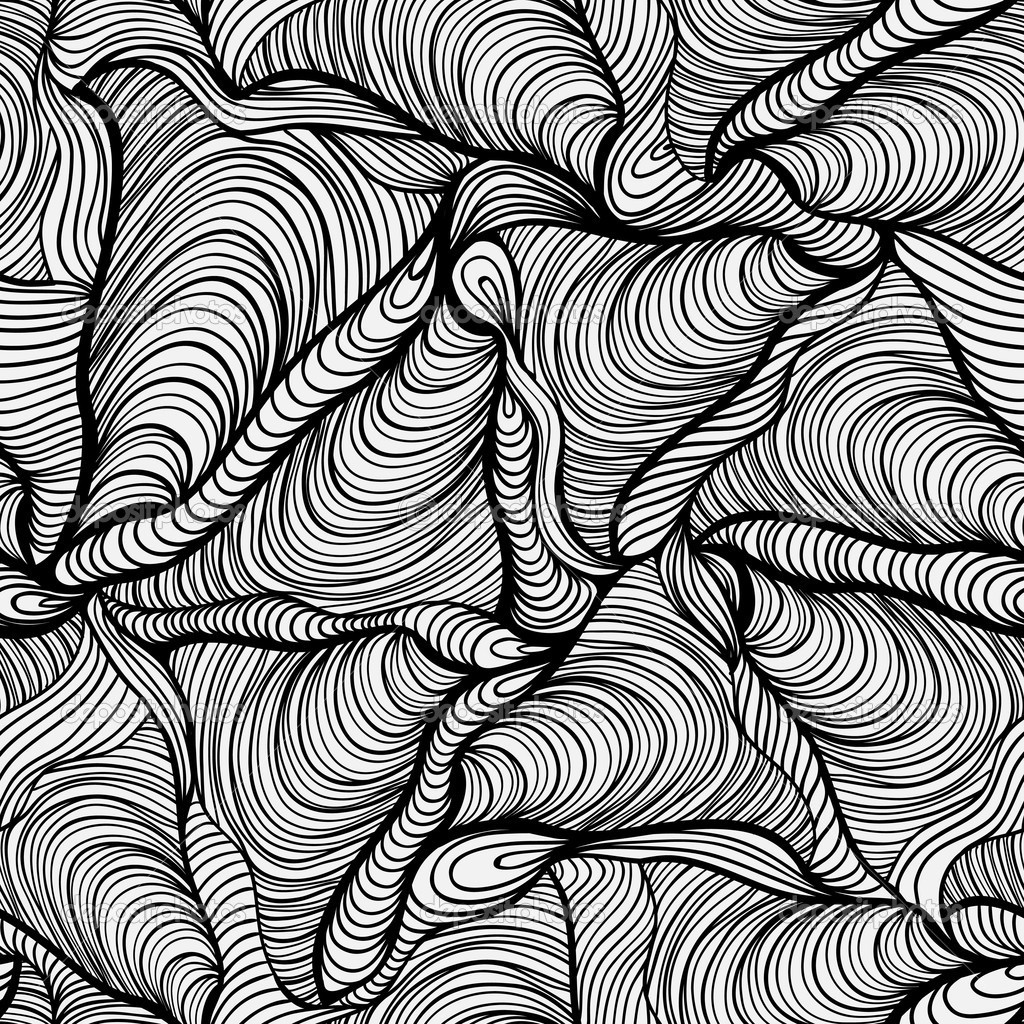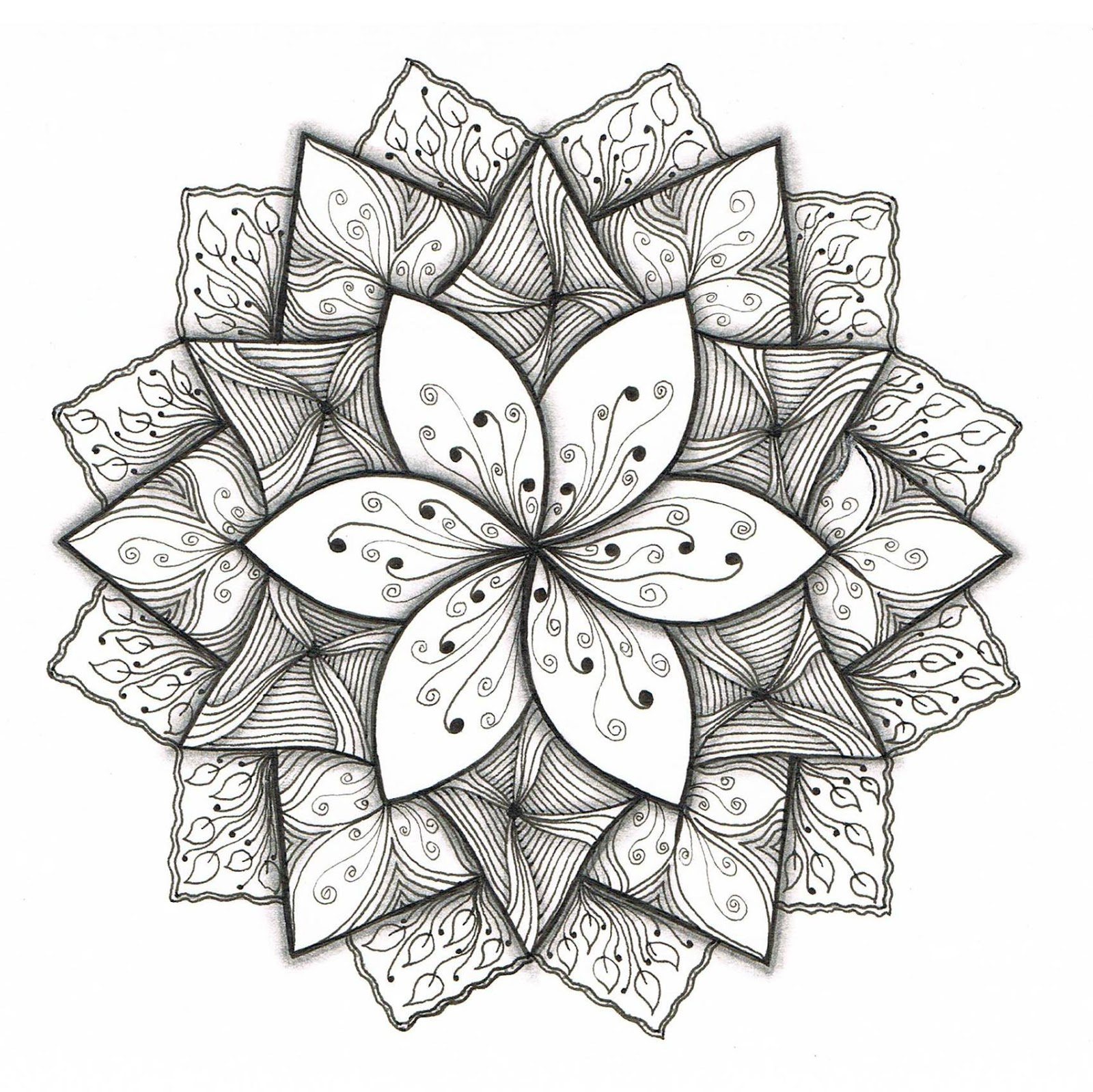
Image source: Digital Patternsĭigital is not necessarily pixelated camouflage – a wide misconception! In fact, digital patterns are those which are computer and algorithm based. Just like M81 Woodland, it has become one of the most used camouflage patterns in a variety of copies and colour schemes. The British “Disruptive Pattern Material”. It became so popular it is still in use by various Middle Eastern countries in different variations. Officially called “Six Colour Desert”, it became widely known because of the First US Gulf War, just like the subtler version “Three Colour Desert”. You will still find it in use in countries like Pakistan or Zimbabwe (which inherited it from Rhodesia). Brushstrokeįirst used by the United Kingdom it quickly influenced other countries like Belgium and France (the Lizard pattern) to do their own versions of this pattern in the 1950s and 1960s.
Patterns to draw pro#
“Roughly”, because it is a matter of discussion, perspective and also region.Įspecially nowadays a magnitude of designers are creating hundreds of patterns as we speak, which most of us probably haven’t even heard of.įind out more about camouflage patterns available at UF PRO here.

There are roughly 10+ families of camouflage patterns. Reason enough to take a short look at the family trees in camouflage history. The British Brushstroke pattern, which was used on the famous Denison Smock, can still be found in many variations today.Īnd the name says it all: the initial pattern was literally painted on the smocks with brushes, creating a variety of unique jackets. WW2 also laid the groundwork of many camouflage patterns to come. US-Forces used camouflage mainly in the Pacific theatre, since their Frogskin/Duck Hunter pattern was mistaken for enemy SS forces on European battlefields. Especially the Waffen-SS was equipped with several different patterns, all designed by Johann Georg Otto Schick, an art professor based in Munich. Only during WW2 industrial printing of camouflage fabric and the manufacture of widely issued uniforms became a standard.Īt first only for elite troops like paratroopers, and later for the rest of military branches. These were actually printed on shelter halves and provided basic camouflage when worn as a poncho. The interwar period introduced the production of camouflage prints on fabric.Īt first the Italian “M1929 Telo Mimetico” and then the German “Buntfarbenmuster 31”, aka “Splittertarn”. But let’s get back to our initial timeline. Another name worth mentioning is Roland Penrose, a British painter who was very influential in the Second World War (WW2).Īnd if some of the names might ring a bell – Penrose and Cott were the impulse for the name of the current PenCott family of Hyde Definition.The American painter Abbott Thayer introduced concepts of countershading and disruptive coloration to the discourse.The British zoologist Hugh Cott and Sir Edward Poulton researched camouflage in nature.Several scientists and artists are regarded as key figures in the history of camouflage and have to be named as well. Examples are papier mâché heads, which were used to draw enemy fire, or hollowed out trees, to hide marksmen.

Objects were not only hidden – based on the concept of mimicry (to make something appear as something else) deception was being used as well. Paint jobs and the first use of camo nets emerged, as a result. They came up with disruptive patterns and trained military units to use these approaches to conceal their equipment. You are signing up to receive updates via e-mail from which you can opt out at any time.

These people were called “Camoufleurs”, thus the now widely used term “camouflage”.Įnter your email and stay in the know with future topics on camouflage patterns.

The reasons can be found in the conflict and its new technologies.Īerial reconnaissance made it necessary to hide installations and equipment, and because of new weapon systems (long range rifles, machine guns) it was crucial to “hide” soldiers as well.įrance had to learn it the hard way during the initial phases of WW1, being the only country still using highly visible uniforms.īut the French learned quickly and started employing artists and theatre set designers to develop techniques to conceal everything from vehicles to buildings. National and civilian developed patternsĮven though several armies started to use muted solid colour uniforms in the 19th century as a result of the changing nature of warfare, only the First World War (WW1) made it necessary to use camouflage on a big scale.


 0 kommentar(er)
0 kommentar(er)
